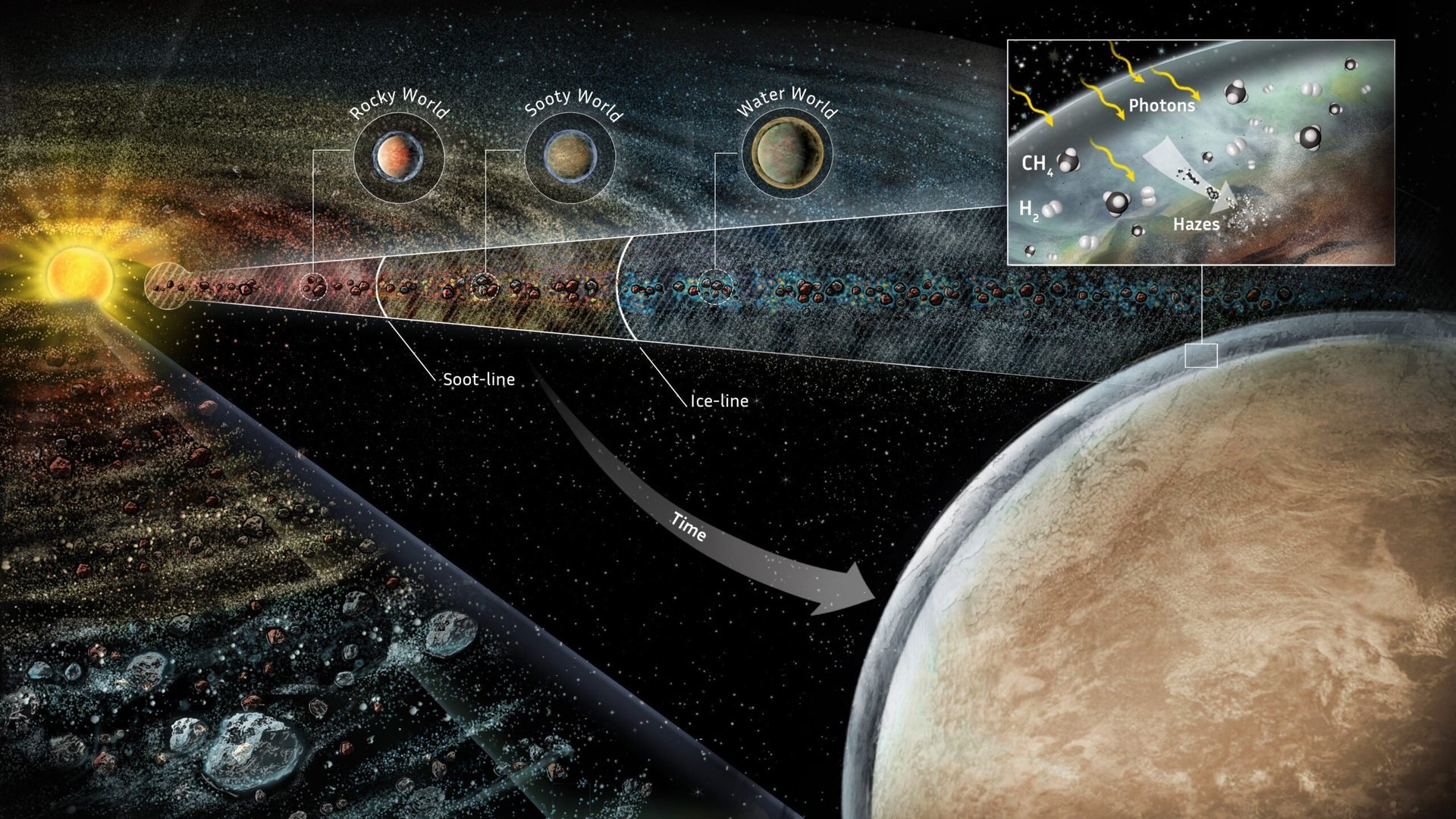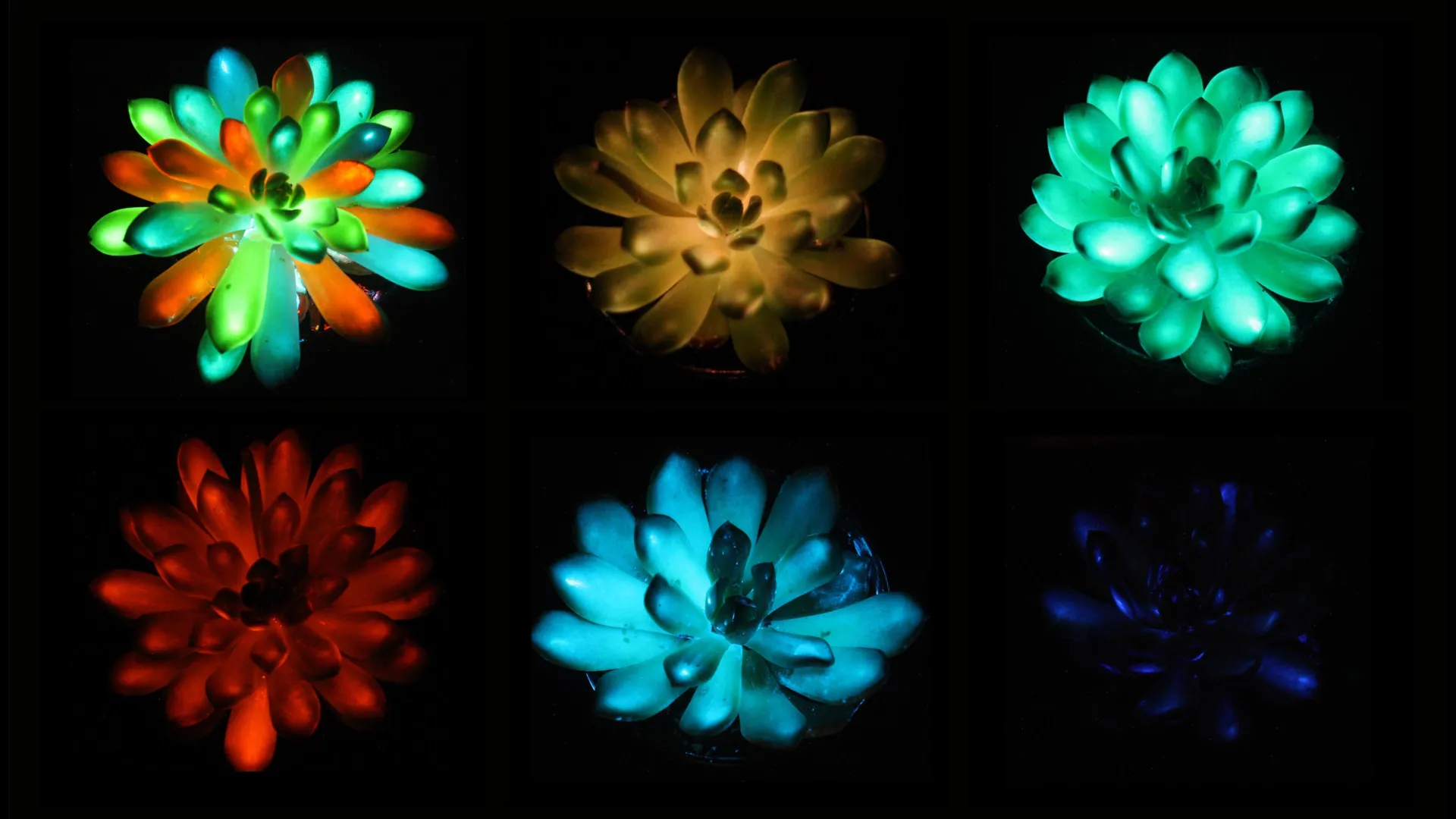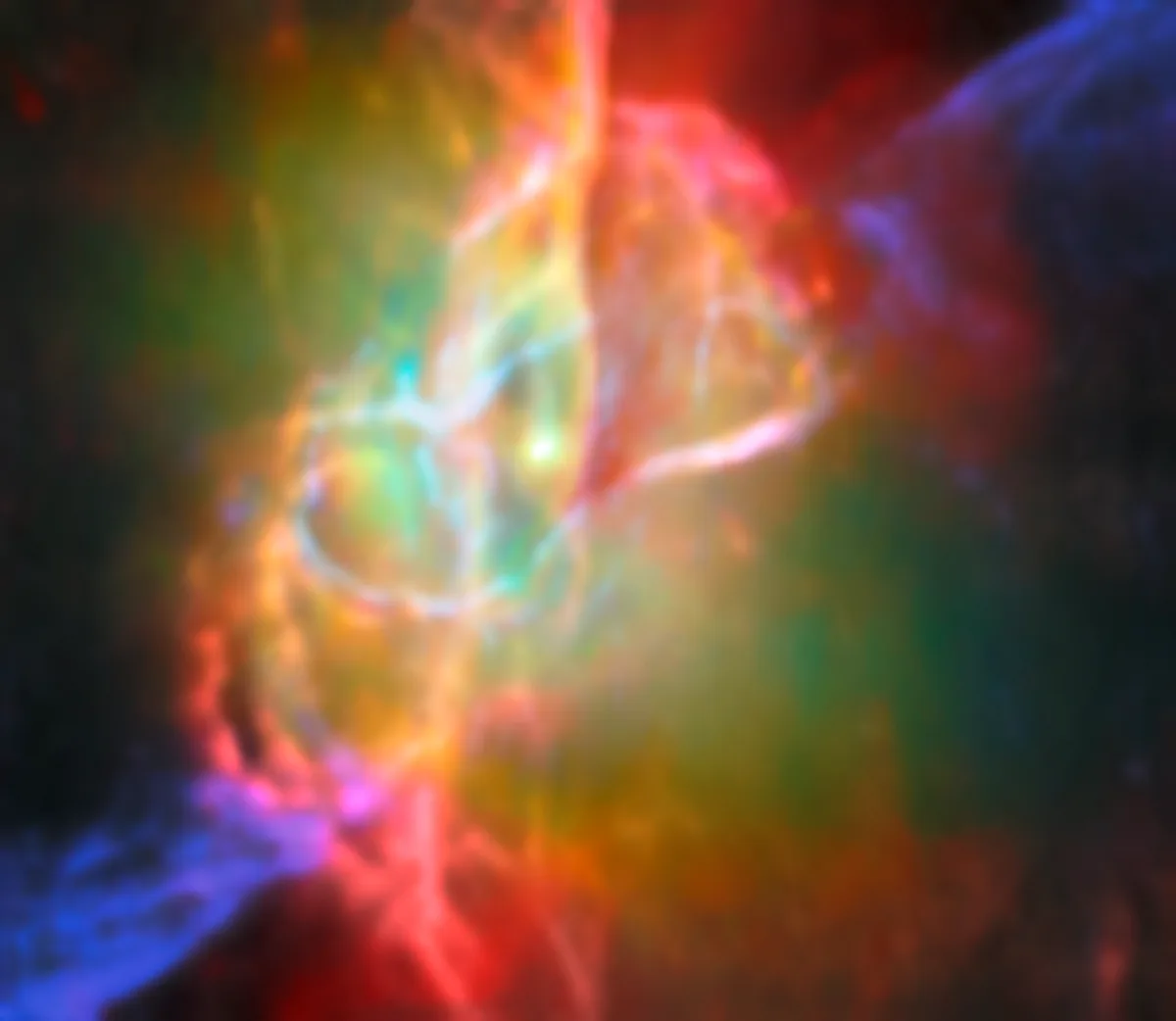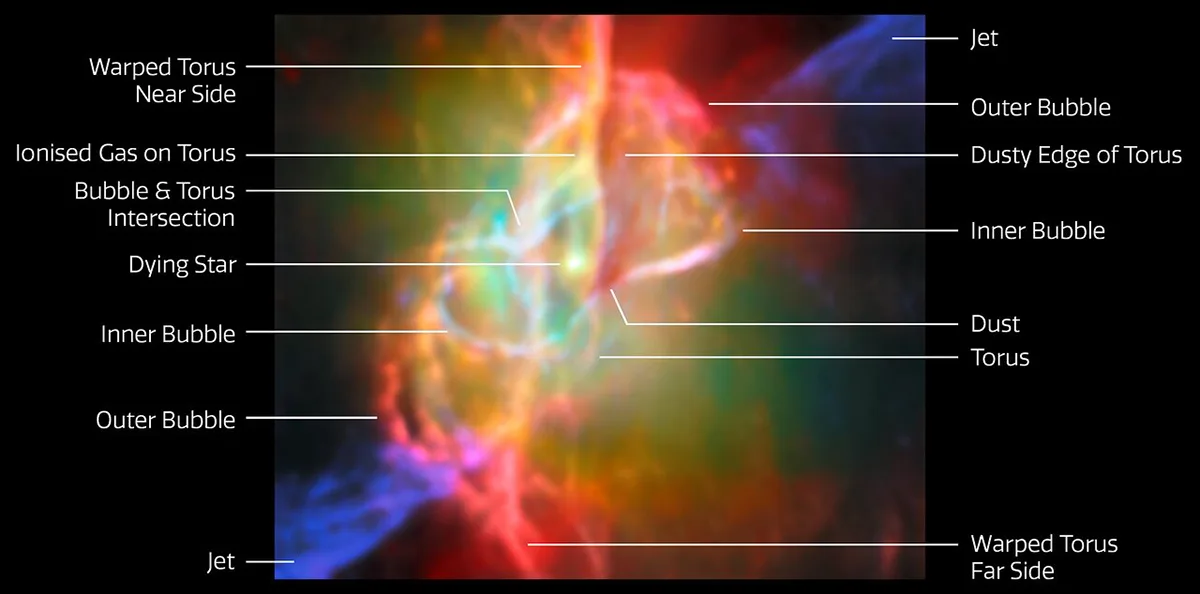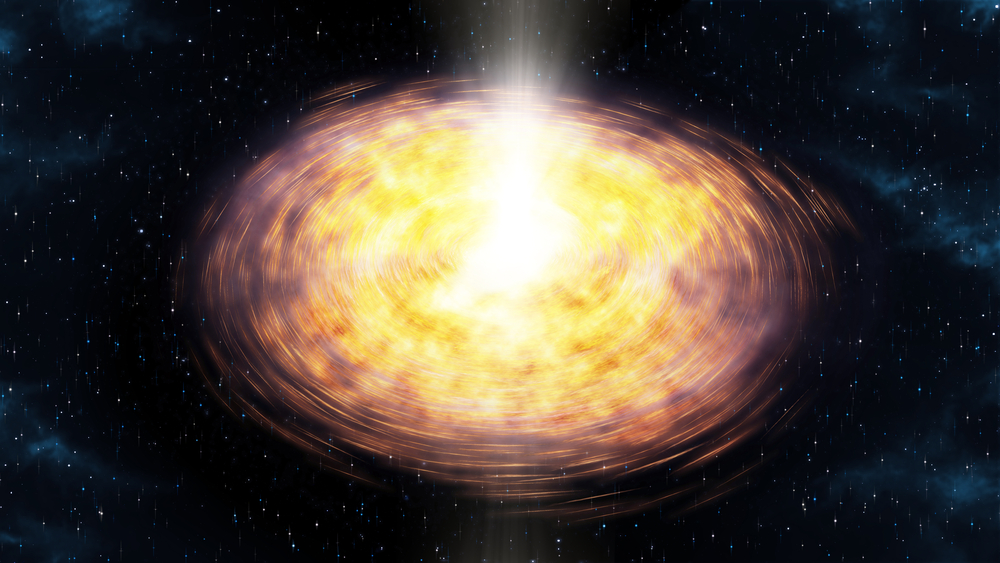QUICK FACTS
Name: Loughareema, or The Vanishing Lake
Location: County Antrim, Northern Ireland
Coordinates: 55.157034137386944, -6.1079272599514285
Why it’s incredible: The lake can disappear in just hours.
Loughareema, or The Vanishing Lake, is an ephemeral lake in Northern Ireland with a rare geology that scientists still don’t really understand.
Three streams flow into the lake, but the only exit is a drain at the bottom that frequently gets blocked and unblocked, resulting in dramatic changes in the water level.
The Vanishing Lake can be full in the morning and empty by lunchtime due this drain and a puzzling underground drainage system that carries the water to a large spring in the Carey River, 1.6 miles (2.5 kilometers) away, according to The Geological Society. Geologists aren’t sure how the drainage system works or when it formed, but it can empty the lake with remarkable efficiency.
“Loughareema is a dynamic landscape and on approach to the lake it’s exciting to guess what state it will be in,” Paul Wilson, a hydrogeologist at the British Geological Survey in Belfast, Northern Ireland, told The Geological Society. “The water disappears into an underground drainage system, the details of which we currently know very little about.”
Related: What’s the oldest lake on Earth?
Water flows into the lake, and with it comes debris that sinks to the lake bed and eventually covers the drain. Once the hole becomes completely blocked, the water level rises fast. But when the water reaches a certain level, the pressure it exerts on the drain suddenly unblocks it, so the water level sinks rapidly again until the lake is practically empty.
A small road runs through the middle of The Vanishing Lake, but today it is elevated enough that cars can pass even when the water level is high. The lake is in a remote location, surrounded by a blanket bog — a treeless, peatland habitat characterized by waterlogged ground and foggy conditions.
Legend has it that at some point in the 19th century, people on a horse-drawn carriage traveling along the road tried to cross The Vanishing Lake in the dead of night and drowned. According to folklore, the carriage and horses still haunt the shoreline now, appearing as ghosts on nights when the lake is full.
Discover more incredible places, where we highlight the fantastic history and science behind some of the most dramatic landscapes on Earth.



